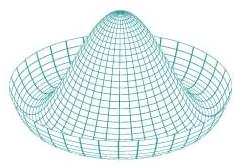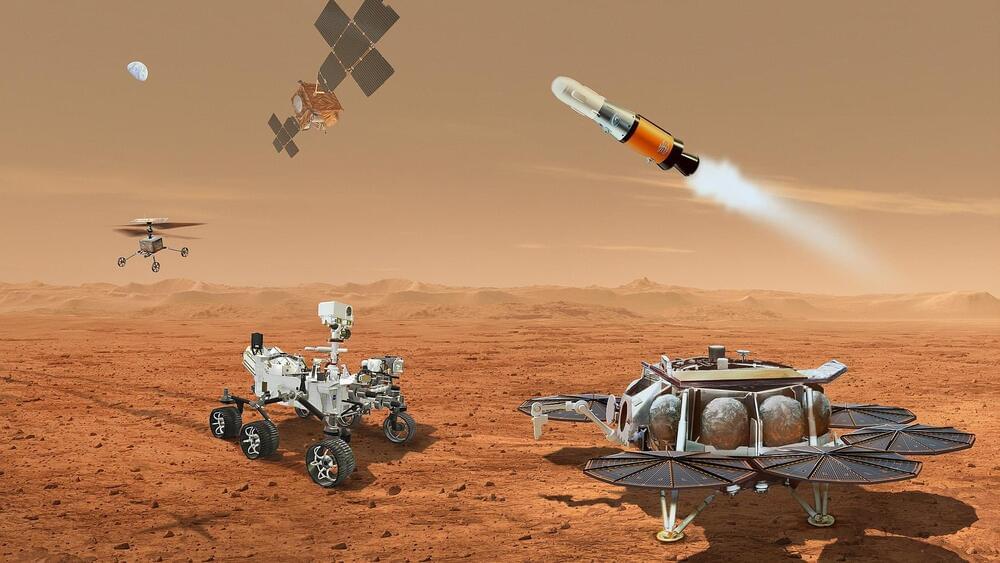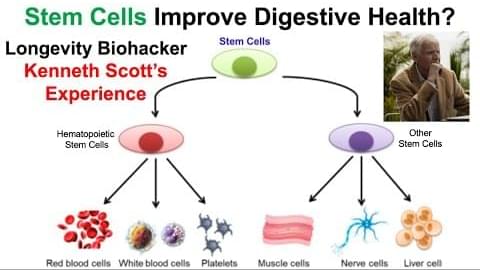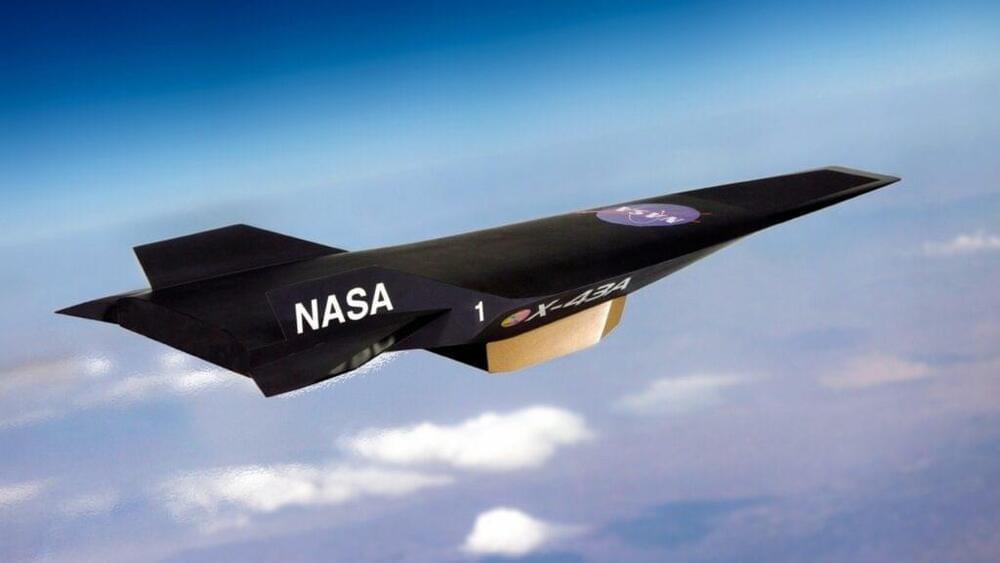The coordinated activity of brain cells, like birds flying in formation, helps us behave intelligently in new situations, according to a study led by Cedars-Sinai investigators. The work, published in the peer-reviewed journal Nature, is the first to illuminate the neurological processes known as abstraction and inference in the human brain.
“Abstraction allows us to ignore irrelevant details and focus on the information we need in order to act, and inference is the use of knowledge to make educated guesses about the world around us,” said Ueli Rutishauser, PhD, professor and Board of Governors Chair in Neurosciences at Cedars-Sinai and co-corresponding author of the study. “Both are important parts of cognition and learning.”
Humans often use these two cognitive processes together to rapidly learn about and act appropriately in new environments. One example of this is an American driver who rents a car in London for the first time.

















